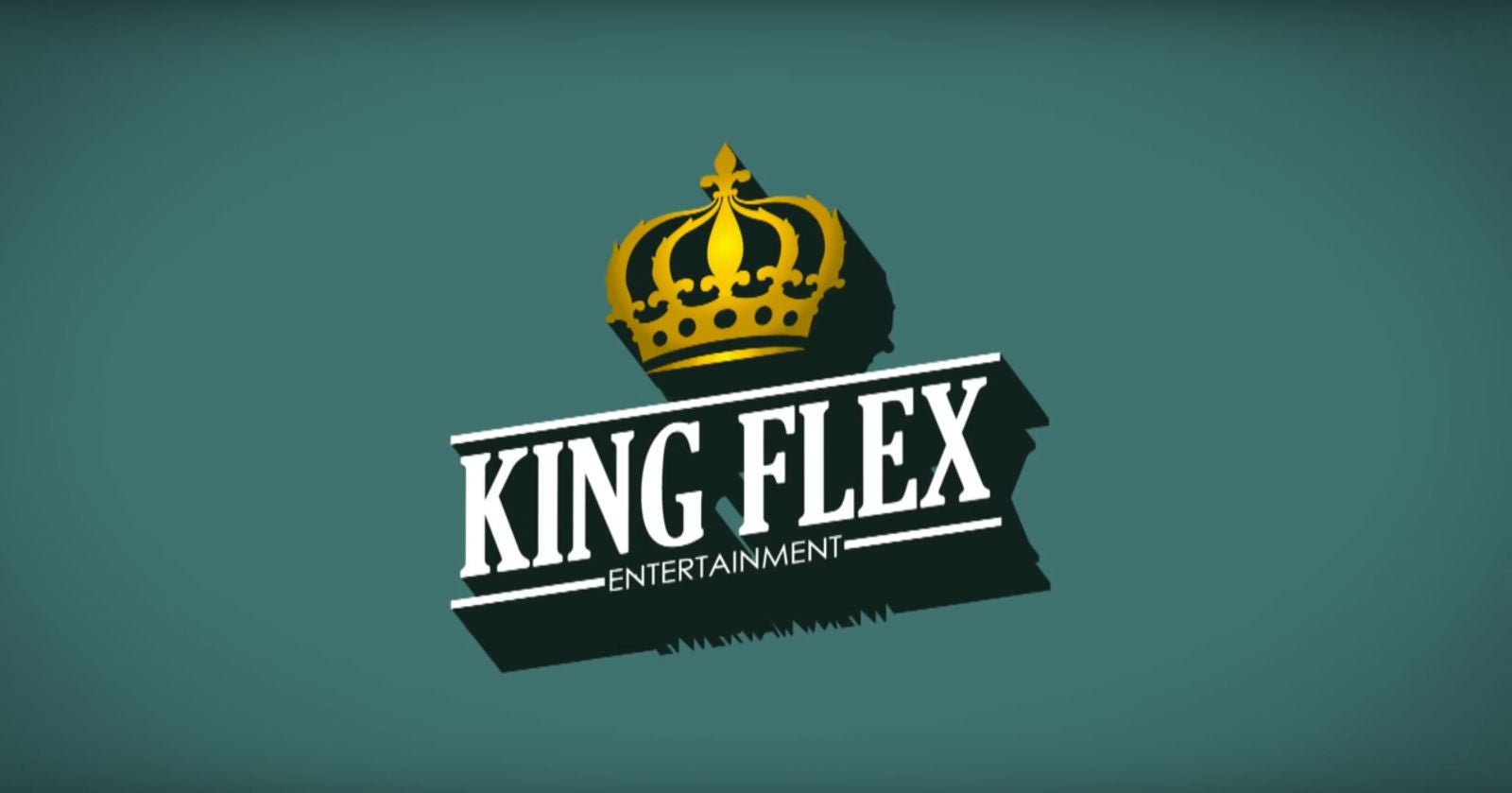


This theory also stems from the fact that the house is known for being easy-going and friendly, and that the head of the house teaches herbology. Pushing the symbolism even further, some fans have used Hufflepuff’s association with Earth and plants to mean it’s the “stoner” house. And in the final feast at the end of Harry Potter and the Sorcerer's Stone (or Philosopher's Stone, outside of America), Dumbledore adjusts the houses’ points: “Gryffindor comes out on top with 482, with Slytherin in second place with 472, Ravenclaw in third with 426, and Hufflepuff in a distant fourth with 352.” Gryffindor is gold, Slytherin is silver and Ravenclaw is bronze. Science Experiment: The Hidden Colors in a Leaf The other day I was out in my yard and noticed something brilliantly red in contrast to the green grass. On, one fan commented on the metallic associations with three of the four houses and how Rowling might’ve used this as foreshadowing. And Ravenclaw, with its blue and bronze hues, is associated with the sky.įans have expanded on the houses’ color symbolism even further. Slytherin, which is green and silver, symbolizes water, while Hufflepuff, which is yellow and black, is connected to the Earth. Gryffindor, with its red and gold colors, has a connection with fire. “The four Hogwarts houses have a loose association with the four elements, and their colors were chosen accordingly,” the site reads. There are some obvious ones, like Slytherin’s connection to the snake, but many fans may have missed the deeper meaning within the colors of each house.Īs reported by Reader’s Digest, Rowling chimed in on Pottermore to clue us in on what the colors mean. While young witches and wizards were sorted into Hogwarts’s four houses, fans attached associations to each group. Even 12 years after the publication of the last Harry Potter novel, fans are still trying to decipher hidden meanings within J.K.


 0 kommentar(er)
0 kommentar(er)
